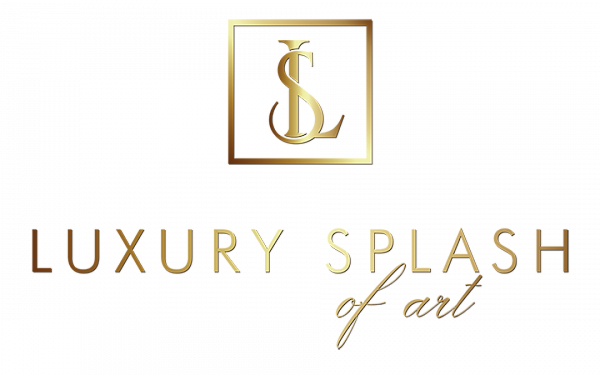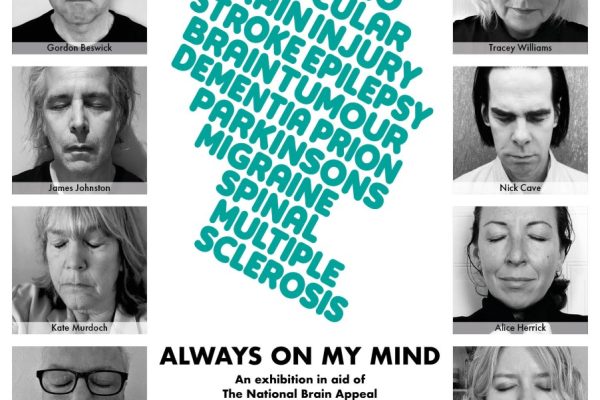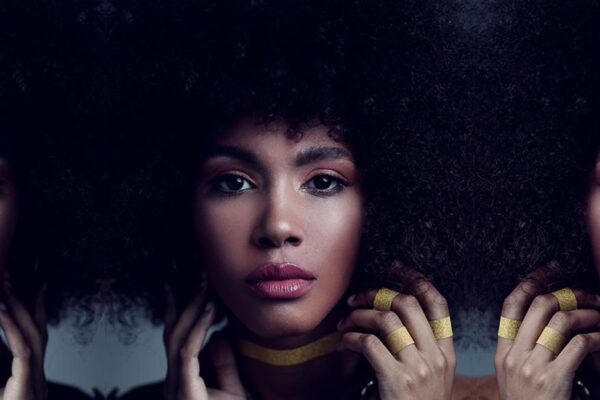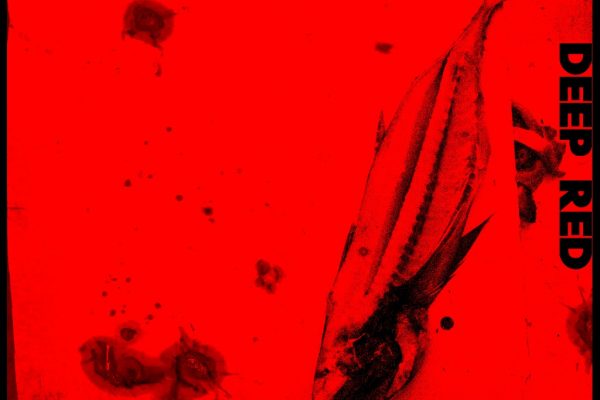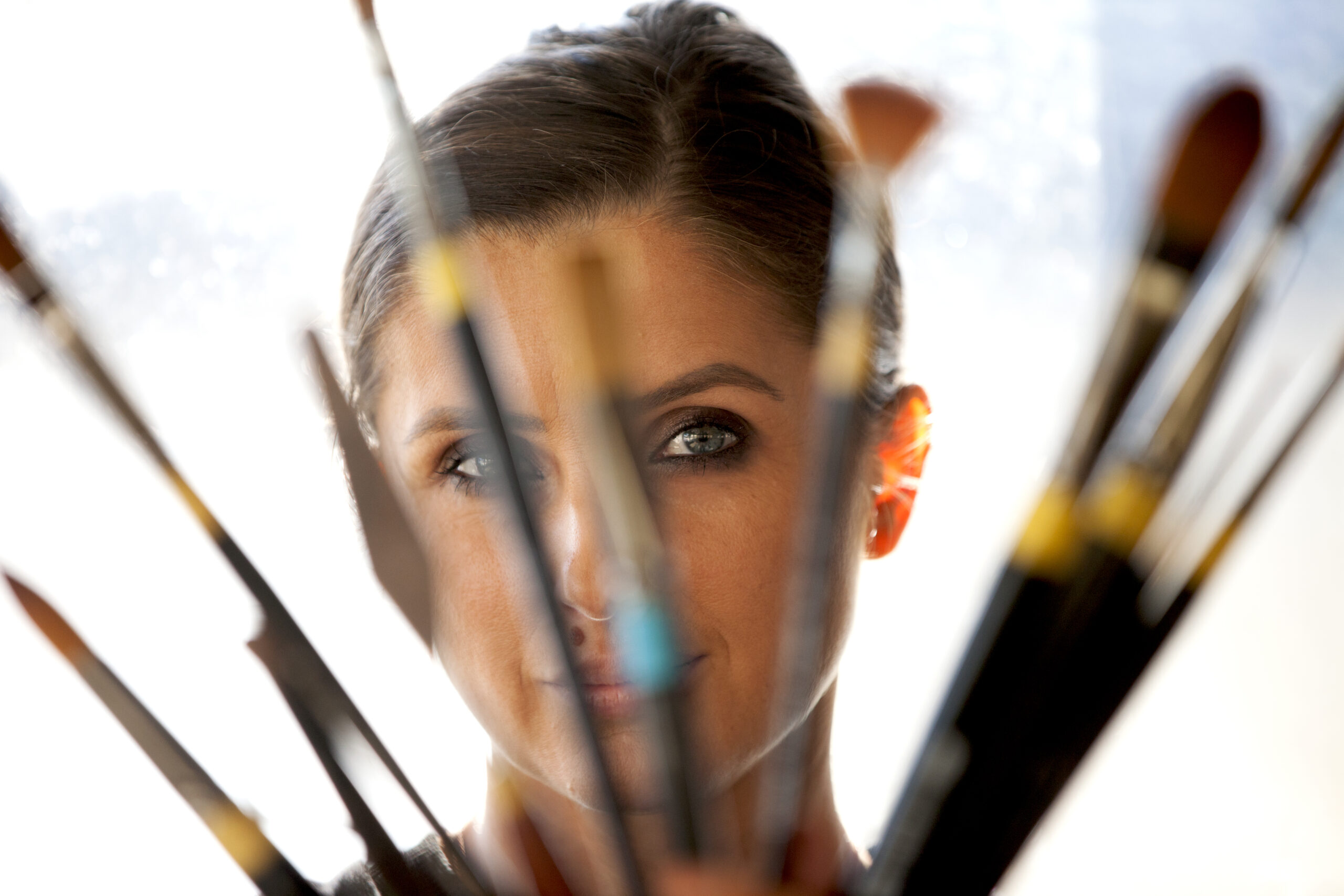To obtain the illusion of reality, the old painters developed several conventions which were used so long and consistently enough that they became obvious to the artists and “transparent” to the recipients. A good example can be a linear perspective which was created and described during the second and third decades of the 15th century. It became a tool for “coding” spatial relations in art, however, it does not fully reflect the way a human being sees things. So why is the art of the old masters said to be realistic? Or maybe the paintings of Leonardo da Vinci, Claude Monet, or Andy Warhol are equivalent in terms of reflecting the world, only that they use different codes to do so, which would have to be figured out and understood.
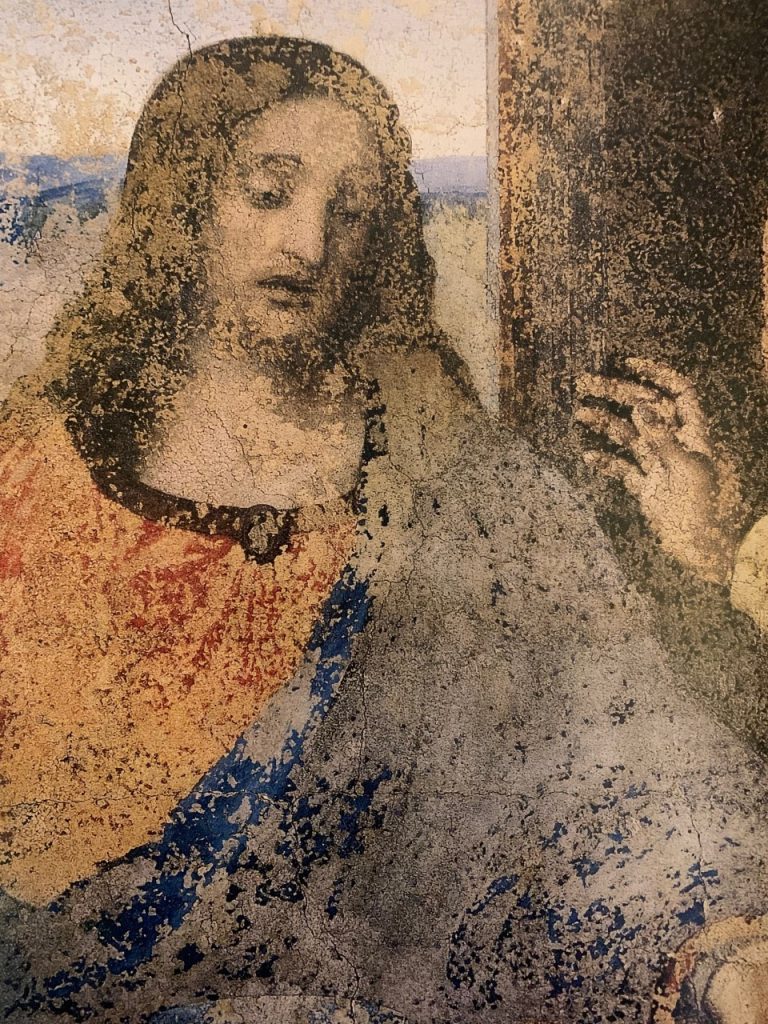
Given the depth of thought that Leonardo da Vinci included in The Last Supper, we can be sure of one thing: everything we see in the picture was there for a reason. ‘The last supper’ of Leonardo da Vinci, located in the refectory (dining room) of the Dominican monastery at the church of Santa Maria delle Grazie in Milan, was created in the years 1495-1498 at the request of the Duke of Milan, Ludovico Sforza. Painting measuring 8.8 meters long and 4.6 meters high, enabled the artist to use an innovative painting technique. The theme is not accidental – it captures the most important supper in the history of Christianity. Undoubtedly, it was a very interesting experience for monks to eat right next to the apostles and Jesus. It certainly enhanced the experience, enhanced by the fact that Leonardo rendered the scene in a rather unusual way. Very realistic for the possibilities available at the end of the fifteenth century. He captured the moment when Jesus had just told the apostles that one of them would betray his Master. And the apostles are here, hearing these words, the spontaneous reaction is visible, and everyone reacts a little differently. As evidenced by numerous drawings Leonardo certainly paid a lot of attention to reflecting those silhouettes and those different arrangements best. And here we can see the specific groups that Leonardo of the Apostles just captured, thanks to which he achieved symmetry.
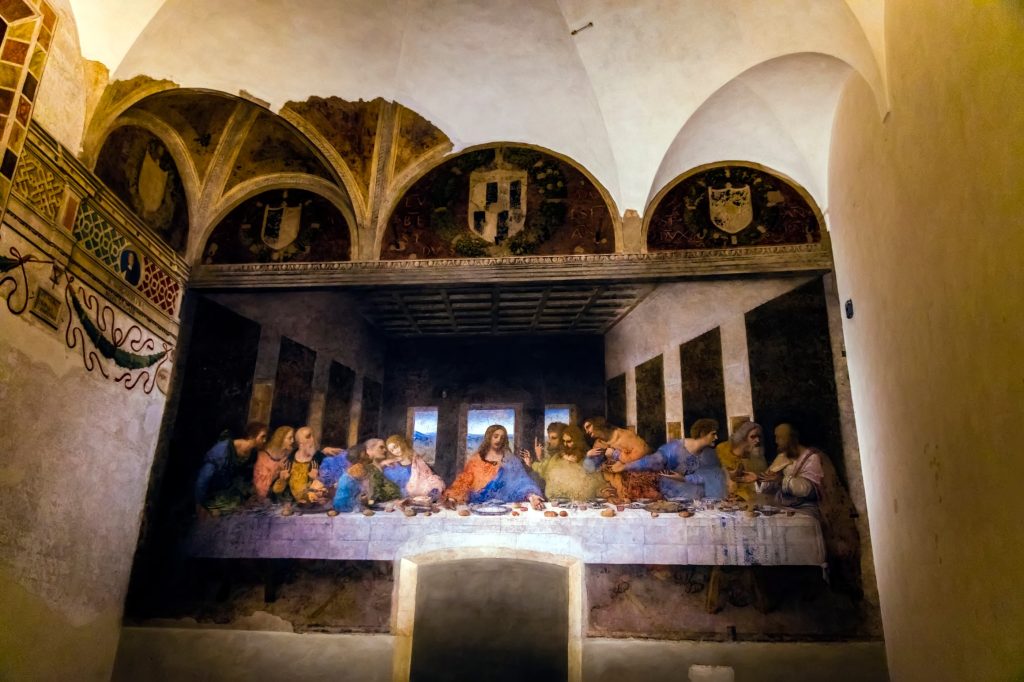
The measured focal point is Jesus, where he can draw all the lines of convergence to where they all meet. It is believed that Leonardo da Vinci placed a nail in the very centre and drew lines from it, but there is no evidence to support it. Nevertheless, it is certainly an example of a very good, mixed linear and aerial perspective, colourful, thanks to which this scene is very realistic and shows the live use of their scientific achievements and what the artists were simply coming to at that moment.
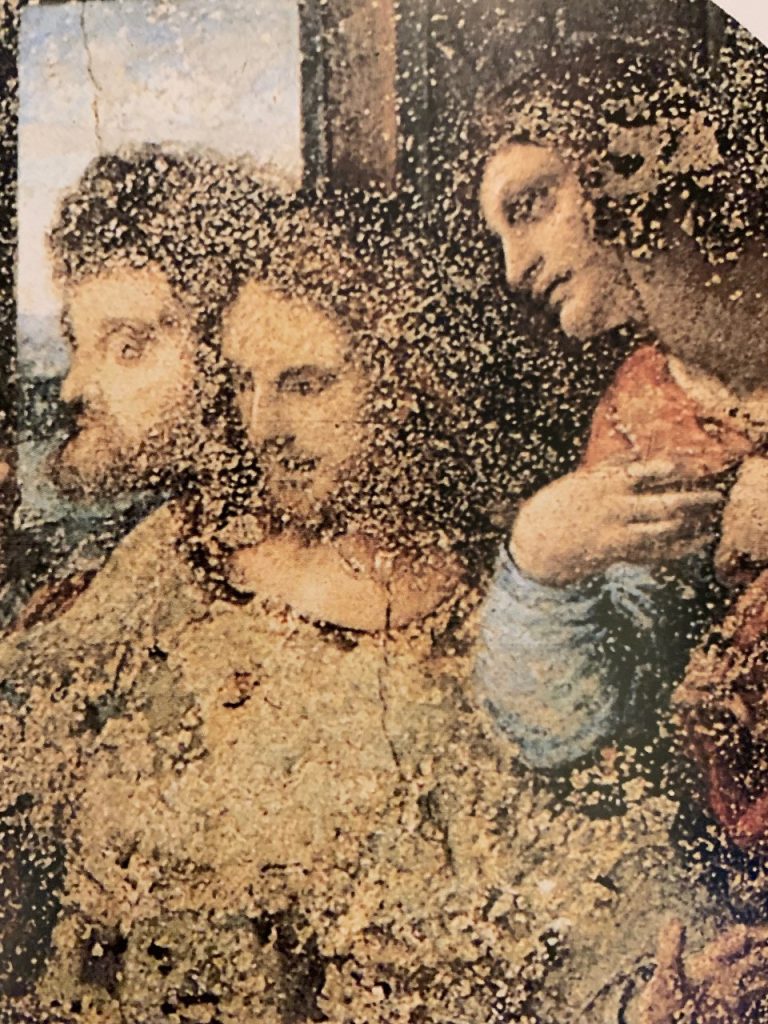
That is why Leonardo, an inventor, decided to try the “wet fresco technique” which was not patented at all at that time. The Last Supper was made not with the” fresco method”, but with the use of direct plaster of tempera grassa paints based on linseed oil and eggs – it began to fall apart during the life of the master. Over the centuries various restoration works, always described as “miraculous”, overlapped, introducing numerous layers and additions, so that the original forms and chromatic values of the painting began to become blurred and distorted. Between 1726 and 1954, this masterpiece was the subject of 9 restoration campaigns. Among the most shocking facts, one should mention the “loss” of Christ’s legs and feet in the middle of the 17th century due to the installation of a door between the kitchen and the refectory. But you can certainly say that Leonardo’s genius and his gift and talent are still visible in the painting.

Leonardo da Vinci is a very good example of a Renaissance work because it uses a linear, aerial perspective, there are perfectly distributed proportions, and achieved harmony, but you can also see an element of expression in it, for example in the movement of the apostles’ bodies. It is also worth noting the new concept introduced by Leonardo, i.e., seating everyone at one table, which was later imitated many times by other artists.
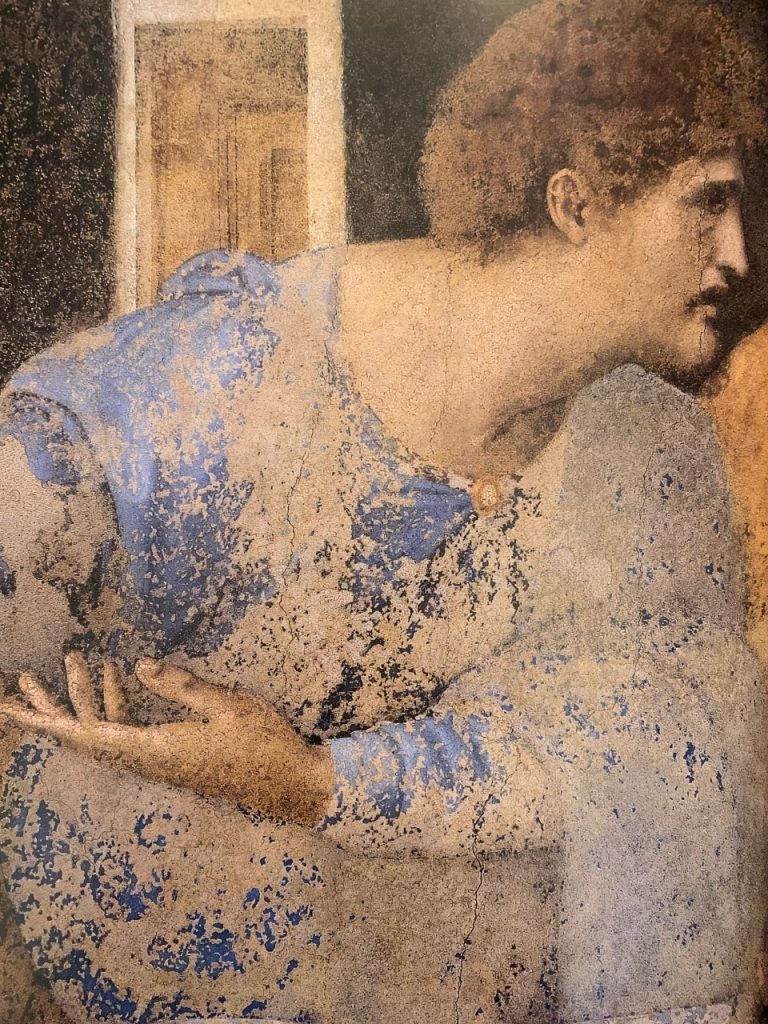
Written By Kamila Krzy\aniak
Images shutterstock
